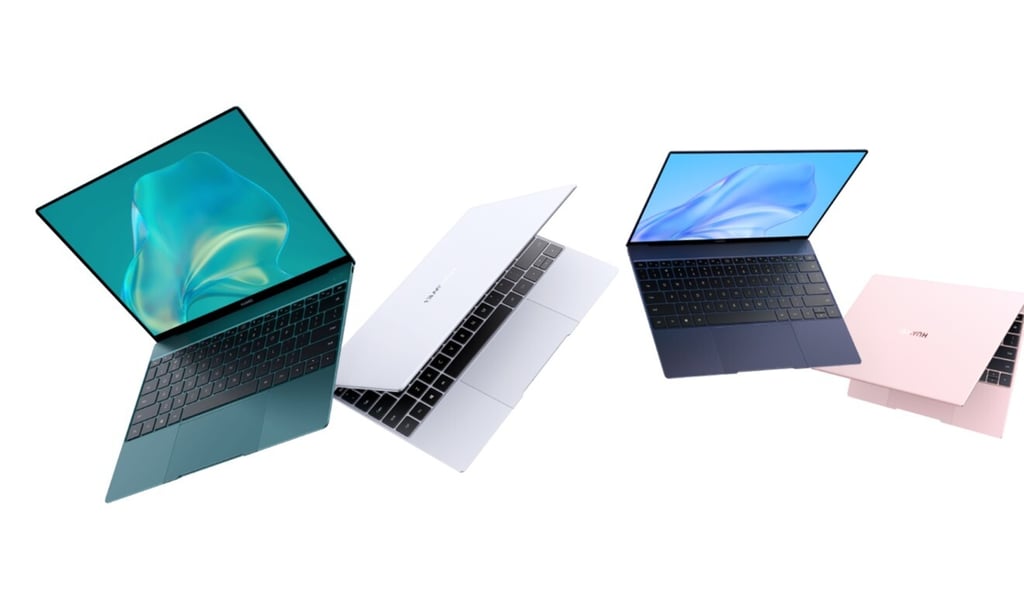Advertisement
Huawei unveils a new MateBook X and teases its first desktop computer as US chip restrictions loom
- An image on Huawei’s developer site shows a rendering of a desktop that uses the company’s own 24-core ARM-based CPU
- Huawei also unveiled a new MateBook X ultrabook just months after a Pro model was released
Reading Time:3 minutes
Why you can trust SCMP

Huawei is pushing ahead with the launch of new computers despite tightening US restrictions that threaten its chip supply. The Chinese giant introduced its newest MateBook laptops on Wednesday after quietly unveiling what appears to be its very first desktop computer.
Earlier this week, a rendering of the computer called Qingyun was spotted on Huawei’s site for developers. The description says it’s designed for office use. According to local media reports, Qingyun is manufactured by Foxconn and uses Huawei’s 24-core Kunpeng 920 processor, an ARM-based server CPU.
Huawei didn’t respond to questions about the computer.
Advertisement
Then on Wednesday, the company revealed a series of new laptop models.
For now, getting enough chips wasn’t an issue for these new devices. The MateBook 13 and 14 use AMD Ryzen 4000 series CPUs, while the business series and the MateBook X use a 10th generation Intel Core i5 or i7 processor. AMD and Intel are both American companies.
Advertisement

Advertisement
Select Voice
Choose your listening speed
Get through articles 2x faster
1.25x
250 WPM
Slow
Average
Fast
1.25x